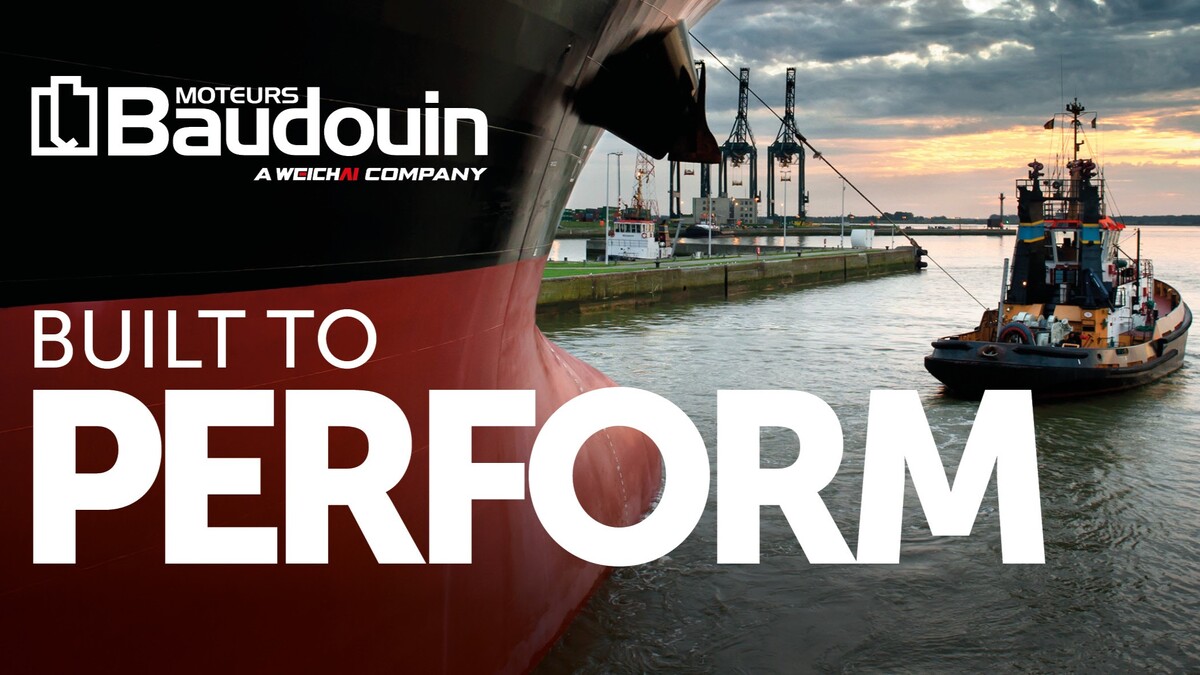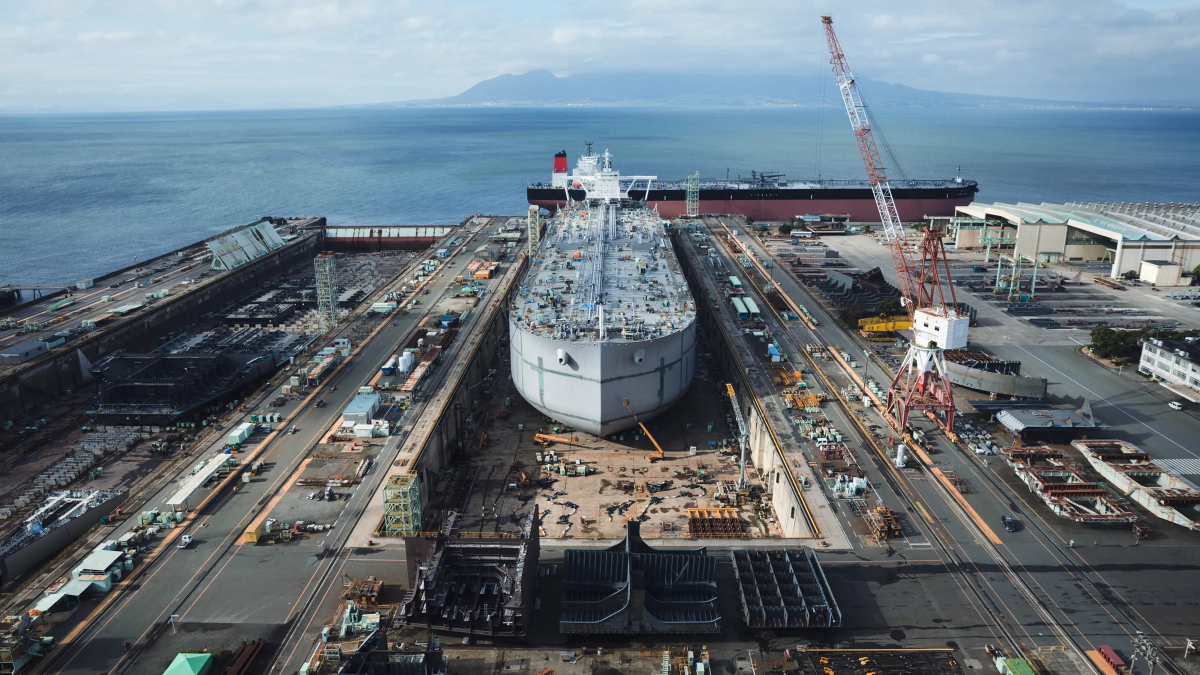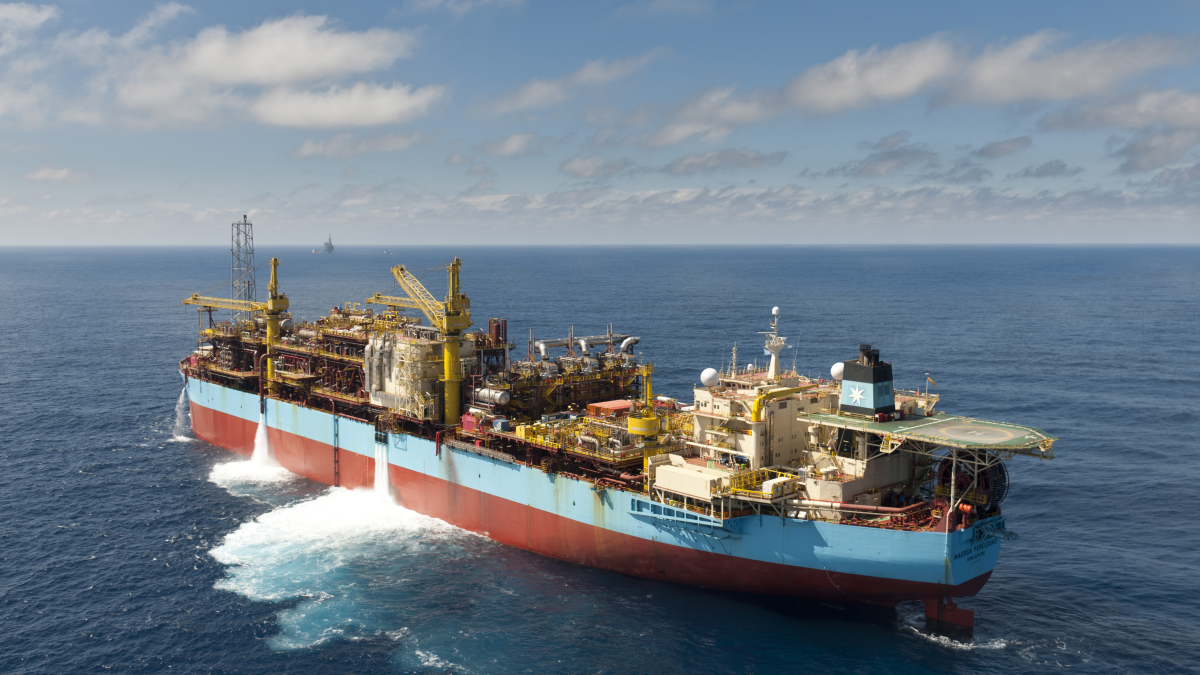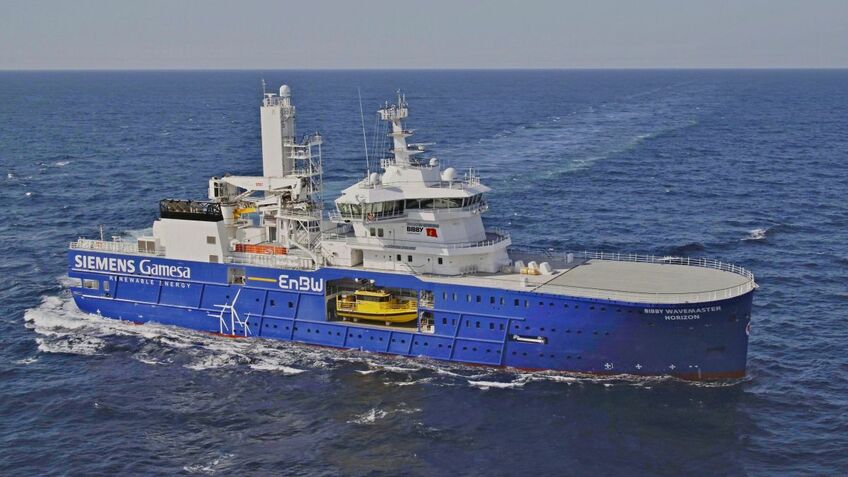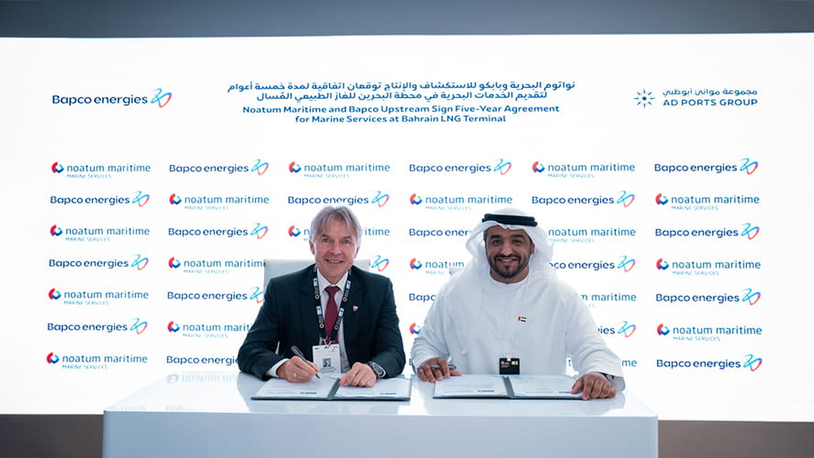Business Sectors
Contents
Flexibility and pragmatism: strategies for FuelEU
DNV’s Catrine Vestereng explains why practical compliance, flexible pooling and segment-specific technology choices are so important for upcoming regulatory compliance
Ahead of her appearance at the Tankers 2030 Conference in Singapore (19-20 November 2025), DNV senior vice president and global segment director for tankers Catrine Vestereng set out how tanker operators can approach for tanker compliance.
This involves is a pragmatic framework for compliance under FuelEU Maritime and the EU Emissions Trading System (EU ETS), emphasising portfolio thinking, flexibility and segment-specific technology to hold down costs while meeting rules.
Ms Vestereng delivered these views in an interview with Tanker Shipping & Trade ahead of her conference appearance. Ms Vestereng explained that regulatory compliance needed to be achieved “as competitively as possible.” Instead of backing a single pathway, she advised operators to combine measures by vessel type, trade and fuel access.
“Rather than relying on a single solution, operators should invest in a combination of technologies and fuels that offer the most commercially viable path for their operational needs,” she said. This combined approach, she added, should be tailored to hull form, trading patterns and local availability of fuels and services.
The immediate focus, she said, should be efficiency. Proven upgrades, such as energy-saving devices (including Mewis ducts, propeller boss cap fins, variable frequency drives, LED lighting, silicone foul-release coatings, better voyage planning and weather routing can produce tangible reductions in emissions without major disruption to operations or cargo capacity. The selection of these technologies should be on a case-by-case basis, with trials and performance baselines agreed early on.
On fuels, Ms Vestereng outlined a stepped pathway. She explained that, for many trades, drop-in biofuels, such as bio-MGO and HVO, were already available and attractive because they helped meet greenhouse-gas targets without infrastructure changes. She observed that this “seems to be a solution that many tanker owners are looking for.” LNG for newbuildings, potentially blended with bio-LNG, also featured in her compliance toolbox because of the lower well-to-wake intensity. For selected segments and routes, she noted a growing interest in wind-assisted propulsion systems, with benefits most apparent “for vessels with long-haul profiles.”
“Operators should invest in a combination of technologies and fuels”
Looking at future fuels, she noted that methanol and ethanol were under consideration for shuttle tankers in Brazil” with decisions contingent on future pricing and supply. She noted that methanol-capable newbuildings were entering the Brazilian shuttle tanker market, while North Sea operations also utilised LNG as fuel. She said this I illustrating how regional energy systems and offshore power demands shaped choices. Ammonia and nuclear were mentioned as longer-term options for deep-sea trades, with Ms Vestereng cautioning that “the industry will need many years before we see large-scale adoption of those fuels.”
Elsewhere, Ms Vestereng judged onboard carbon capture (OCC) to be “technically feasible for large tankers but not yet commercially mature, due to infrastructure and regulatory gaps.” She argued that its eventual competitiveness would depend on the development of storage and verification chains and a clearer treatment within compliance regimes, while high levels of capture would mean a high increase in fuel consumption. Until then, she placed OCC among the options to monitor and prototype, rather than a near-term, fleet-wide solution.
Turning to FuelEU Maritime’s flexibility provisions, Ms Vestereng focused on pooling as the most practical tool for managing costs across mixed fleets, something evident by the popularity of pooling as a compliance option for the majority of the tanker fleet. “Pooling allows surplus from one vessel to offset deficits in others, provided the total pool balance is positive and reallocation rules are met,” she said. She highlighted that charterers could pool across time-chartered vessels, “using surplus from one to cover others, and bank any remaining surplus for owned tonnage.” She advised that pool ticket pricing should reflect the marginal cost of alternatives, such as biofuel blending or penalties, “making pooling financially attractive.” Banking, she added, enabled long-term planning because surplus could be stored indefinitely; borrowing, by contrast, offered only short-term relief, carried a 10% penalty and could not be used in consecutive years.
Ms Vestereng stated that International Safety Management (ISM) companies needed to secure cost coverage from shipowners, and that shipowners might “need to provide financial guarantees or take ownership of compliance outcomes.” Over time, she expected more compliance-related costs to move to charterers, with final allocations governed by renegotiated terms and prevailing market dynamics. Partnerships “with certified bunker suppliers and fuel producers” would become essential to secure sustainable fuels and the Proof of Sustainability documents required for verification, she said.
“Partnerships with certified bunker suppliers and fuel producers will be essential to secure sustainable fuels”
With a new tanker team in Shanghai, DNV is examining how Asian operators are exposed to EU-linked regimes through charterers and port calls. Ms Vestereng said readiness “varies widely across jurisdictions.” The main hurdles to this readiness were not technical fundamentals, but an alignment of interpretation, certification and data management. “FuelEU Maritime applies to voyages into and out of the EU,” she said, so Southeast Asian operators with EU exposure “must comply, even if based outside Europe.” She pointed to the administrative complexity created when ISM companies registered outside the EU or EEA are assigned an administering state by port-call frequency. This creates added work for those operators with diverse trading patterns, she said. Consistent Proof of Sustainability documentation and centralised emissions data systems were, in her view, still uneven across the region.
Asked which technologies were currently gaining traction, Ms Vestereng returned to scalability and integration with shore power systems, especially for shuttle tankers. She said “battery hybridisation is already in use” on North Sea and Brazilian shuttle tonnage, integrated into dynamic positioning architectures. Closed bus-tie arrangements and shaft-generator solutions are being introduced to optimise power distribution. Volatile organic compound recovery systems could capture and re-use gas as fuel, reducing both emissions and fuel consumption. These measures, she argued, fitted the operational envelope of shuttle trades and delivered measurable savings, without betting on unproven supply chains.
By 2030, Ms Vestereng said, being “commercially good” would mean more than passing audits. It would involve an ability “to align technical upgrades, contractual clarity, and strategic partnerships with evolving decarbonisation mandates.” Success would vary by ownership model and charterer expectations, and be shaped by frameworks such as the Sea Cargo Charter, access-to-capital initiatives such as the Poseidon Principles and the EU Taxonomy, and the architecture of FuelEU Maritime itself. In practice, that pointed to modular upgrades and fuel flexibility at a ship level, clearer allocation of compliance liabilities between ISM companies, owners and charterers, and supplier ties that secured both molecules and documentation. Operators that “proactively structure their fleets and commercial terms around emissions accountability” would, she said, be better placed to manage cost, risk and market access.
Across these themes, Ms Vestereng’s stance remained consistent: use what worked now; bank surplus compliance where possible; reserve judgment on long-horizon fuels until the infrastructure matured; and write contracts that matched accountability with control. The organising principle was not a single technology bet, but disciplined optionality grounded in measured operational results and verifiable documentation.
Ms Vestereng is to deliver the welcome address at the Tanker 2030 Conference in Singapore and she will appear on a panel titled “IMO MEPC 83: What next?” alongside representatives from ABS, Braemar, IPTA and MOL (Asia Oceania) Pvt Ltd. The session will focus on insights, alignment of IMO guidelines with EU rules and likely impacts on tanker trade.
Riviera’s Tankers 2030 Conference, Singapore will be held 19-20 November 2025. Use this link for more information and to register for the event.
Related to this Story
Events
International Bulk Shipping Conference 2025
Tankers 2030 Conference
Maritime Navigation Innovation Webinar Week
© 2024 Riviera Maritime Media Ltd.

